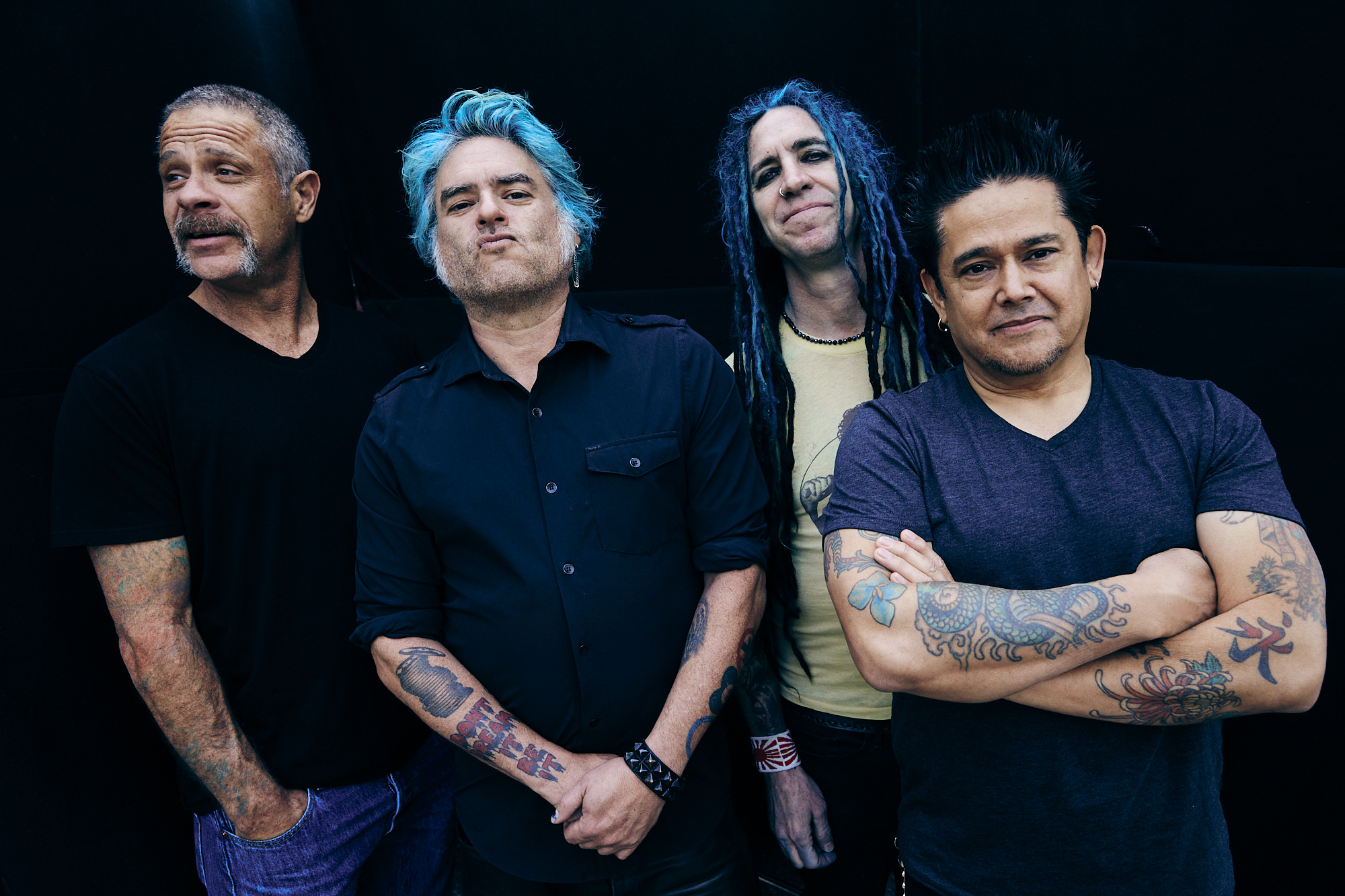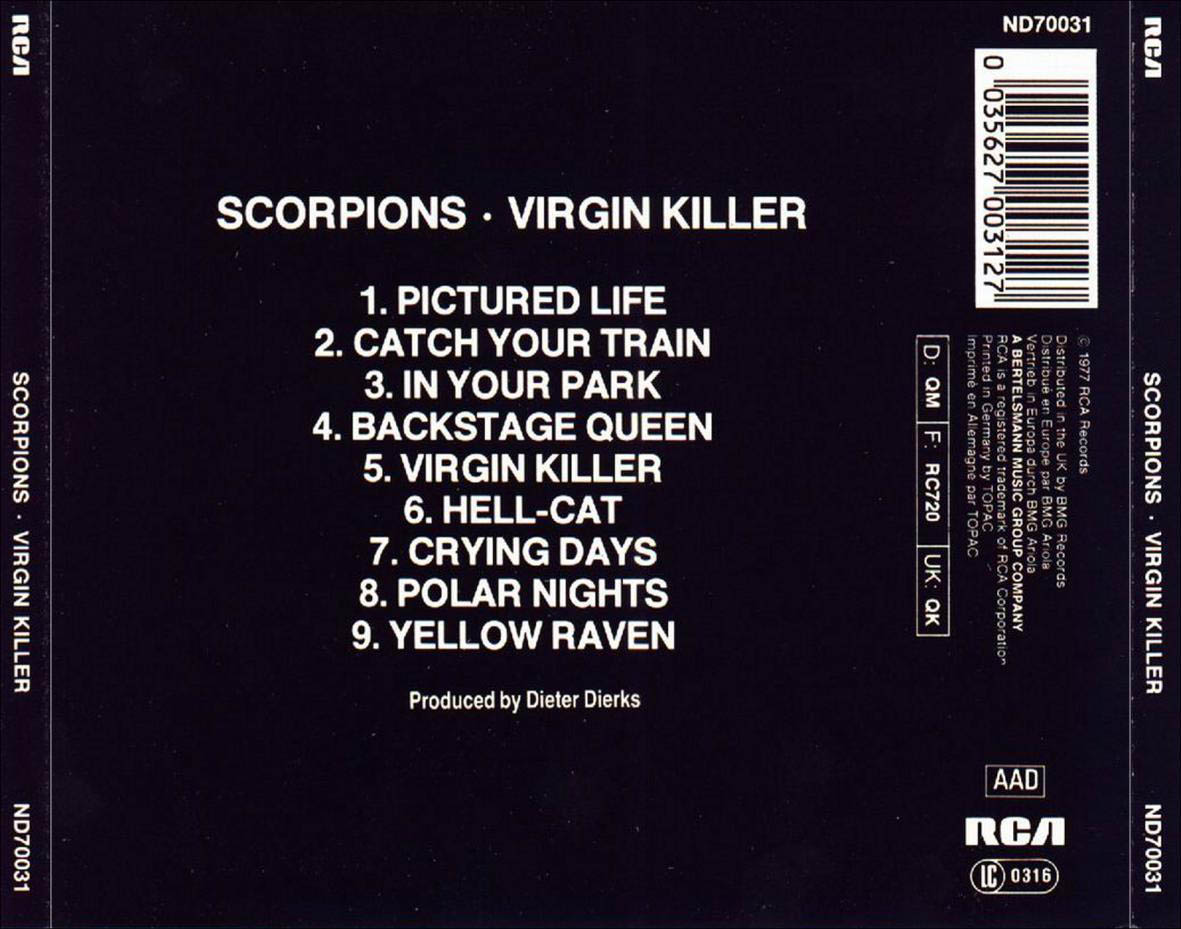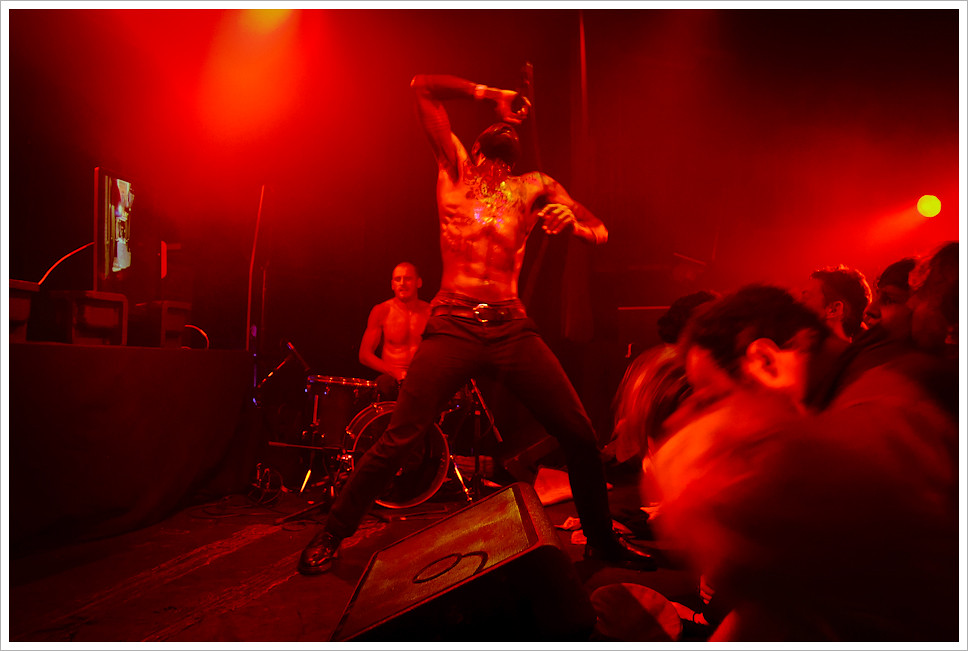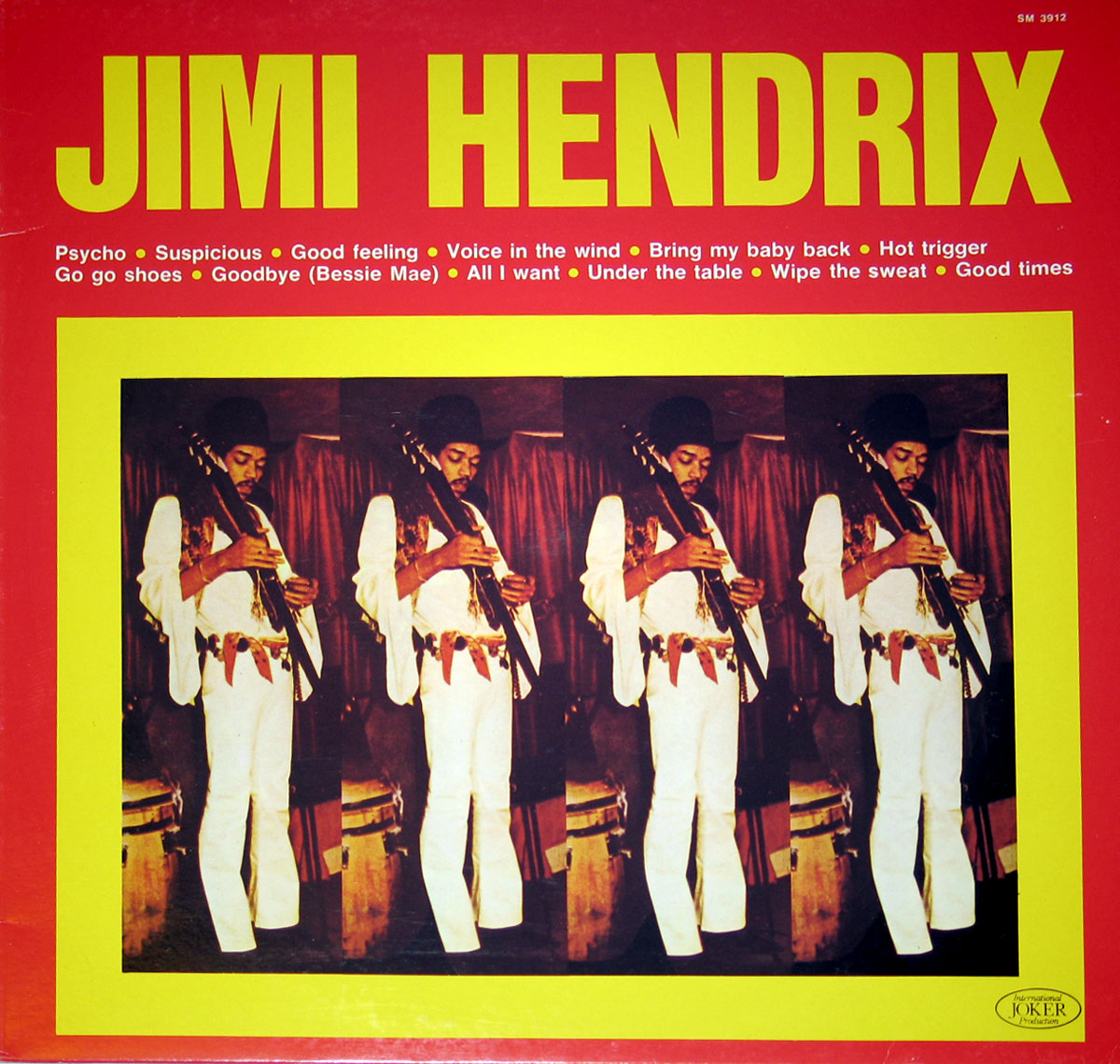
1. **The Beatles – Yesterday and Today**In 1966, between the release of *Rubber Soul* and *Revolver*, Capitol Records put out a compilation album of Beatles music for the American market, titled *Yesterday and Today*. However, it’s mostly remembered not for its tracklist, but for its startling cover photograph by Robert Whitaker. This image, soon dubbed the “butcher cover,” quickly became one of the most notorious in music history.
The controversial sleeve showed the Fab Four dressed as butchers, covered in raw meat and decapitated baby dolls. The band claimed it was an oblique statement against the war in Vietnam, using shocking imagery to convey a serious message. Some fans, however, believed it was intended as a cheeky protest about Capitol “butchering” their records by compiling tracks for the American market.
Regardless of the band’s intentions, the image sparked immediate backlash. Record shops complained vehemently, finding the grotesque scene deeply offensive and unsuitable for display. The album was swiftly withdrawn from shelves, necessitating an urgent recall of all copies, a costly and unprecedented move for a band of the Beatles’ stature.
The original cover was soon replaced with a much quainter and entirely inoffensive image of the band posing around a steamer trunk. The swift change aimed to quell the outrage, but it only served to cement the original “butcher cover” as a legendary piece of rock iconography. Today, original copies of the withdrawn cover fetch thousands from collectors, a testament to its enduring infamy and rarity.
Read more about: Remember the 2000s? These 12 Iconic Moments and Cultural Revolutions Ruled the Decade—and Still Shape Our World!

2. **NOFX – Heavy Petting Zoo**California punks NOFX released their 1996 record, *Heavy Petting Zoo*, with a title that was already pushing boundaries, but it was the cover art that truly brought the titular pun vividly to life. Mark deSalvo’s illustration didn’t just hint at controversy; it embraced it with provocative imagery that ensured it wouldn’t go unnoticed.
The CD version of the album featured an illustration of a man doing more than just giving a sheep a cuddle, a scene that many found deeply unsettling and offensive. This depiction, blurring the lines between human and animal interaction, was considered by many to be a direct challenge to conventional morality and good taste, sparking widespread discussion.
However, the vinyl release pushed the boundaries even further. It featured the same pair engaged in a ually explicit 69 position, accompanied by the new and equally provocative title, *Eating Lamb*. This explicit imagery cemented the album’s controversial status, leaving no room for ambiguity about its provocative intentions.
The cover’s shock value led to outright bans in various regions, notably in Germany, where the authorities deemed it beyond acceptable limits. The album became a symbol of punk rock’s willingness to confront and offend, ensuring its place in the annals of banned album art. *Heavy Petting Zoo* remains a vivid example of how punk music often uses extreme visuals to match its anti-establishment ethos.

3. **John Lennon & Yoko Ono – Two Virgins**In 1968, John Lennon and Yoko Ono released *Unfinished Music No. 1: Two Virgins*, an experimental record whose cover art instantly overshadowed its musical content. To create the artwork, Lennon and Ono photographed themselves using a time-delay camera, capturing a moment of raw vulnerability and defiance.
The resulting image featured Lennon and Ono standing , front and back, embracing a philosophy of radical transparency. Lennon famously commented on the cover, stating that it “just seemed natural for us. We’re all really,” emphasizing his belief in naturalism and the stripping away of societal pretense. This bold artistic statement was intended to reflect their new life together and challenge conventional notions of modesty.
However, record label EMI, despite being associated with the world’s biggest band, was not quite so free-spirited. They unequivocally refused to distribute the album, finding the full-frontal nudity too shocking and legally risky. The label’s apprehension forced Lennon and Ono to seek alternative distribution channels for their avant-garde project.
When the album was eventually released, it was sold clandestinely, often wrapped in plain brown paper bags, much like common or garden pornography of the era. This protective wrapper, ironically, probably piqued more people’s curiosity, ensuring the cover’s infamy spread far and wide. The *Two Virgins* cover remains one of the most iconic and frequently cited examples of music censorship, a stark illustration of how mainstream institutions reacted to unprecedented artistic challenges.

4. **Guns N’ Roses – Appetite for Destruction**The debut album from LA rockers Guns N’ Roses, *Appetite for Destruction*, is a landmark in hard rock history, but its original artwork was almost as explosive as its music. The band initially planned for the album sleeve to feature a painting by cartoonist Robert Williams, which depicted a truly disturbing and graphic scene.
The original artwork was an image of a robotic rapist being descended upon by an avenging metallic beast, with a violated woman lying in the foreground. This incredibly graphic and violent scene, true to Williams’ provocative style, was intended to evoke the raw, aggressive energy of the band and the album’s title. It was a visceral representation of the destruction they saw in the world.
However, the image proved far too much for major record shops. After several prominent retailers refused to stock the album with its original cover, labeling it offensive and unsuitable for sale, Geffen Records was forced to make a drastic change. The commercial viability of the album was at stake, and a compromise was urgently needed to get it into stores.
The original painting was buried inside the album’s packaging, and the cover image was replaced with the band’s now-iconic skull-studded Celtic cross logo, featuring the stylized skulls of the five band members. This replacement artwork became instantly recognizable and is now synonymous with the band, but the story of the banned original cover serves as a powerful testament to the shocking nature of Guns N’ Roses’ initial artistic vision.
Read more about: Spilling the Tea: The 10 Most Explosive Musician Breakups That Prove Bad Blood Never Dies

5. **Cannibal Corpse – Butchered at Birth**American death metal band Cannibal Corpse made an indelible mark on music history not only with their extreme sound but also with their notoriously graphic album covers. Their debut album, *Butchered at Birth*, released in 1990, stands as one of the most censored and banned pieces of album art in the genre, pushing the boundaries of what was considered acceptable.
The cover for *Butchered at Birth* featured visceral gore, extreme violence, and corpses galore, presenting an unfiltered depiction of macabre horror. The artwork, consistent with the band’s lyrical themes, was a direct assault on conventional sensibilities, designed to shock and repulse. It depicted scenes so brutal that it challenged the very notion of what could be presented to the public.
Consequently, the album was outright banned from being sold or displayed in Germany, a country known for its strict regulations regarding violent imagery. Numerous U.S. retailers also refused to stock it, fearing public outcry and potential legal repercussions. This widespread rejection cemented its status as a pariah in mainstream music distribution.
Despite the bans and widespread parental disapproval, metalheads adored the cover, viewing it as an authentic reflection of the death metal aesthetic and a defiant statement against censorship. It is arguably the most banned album in death metal history, a badge of honor for many fans. Interestingly, years later, Kourtney Kardashian was photographed wearing an *Eaten Back To Life* shirt, another Cannibal Corpse album, sparking curiosity and raising the eyebrows of many a metal fan, highlighting the enduring, if unexpected, reach of their controversial imagery.
As music continued its relentless march into new genres and sonic landscapes, artists found ever more audacious ways to emblazon their statements onto album covers. The evolution of controversy on these sleeves shifted from subtle innuendo to outright confrontational imagery, forcing a continued reevaluation of what was deemed acceptable for public consumption. We now delve into another seven iconic covers that stirred up their own unique storms, pushing the boundaries of taste and igniting fierce debates over artistic expression, censorship, and societal taboos, showing us just how far some artists were willing to go to make their visual point.

6. **Scorpions – Virgin Killer**German rockers Scorpions demonstrated a keen awareness of provocation with the Steffan Böhle-designed cover for their 1976 album, *Virgin Killer*. The artwork depicted a 10-year-old girl, her genitalia discreetly obscured by a superimposed shattered glass effect. Rhythm guitarist Rudolf Schenker openly admitted, “We’re using this only to get attention. That’s what we do,” revealing the band’s explicit intent to shock.
Unsurprisingly, the cover generated widespread condemnation and remains one of the most infamously banned images in music history. Its highly controversial nature continued to resonate decades later; in 2008, the album’s Wikipedia page was even placed on a blacklist by the Internet Watch Foundation. They considered the image to potentially fall under child pornography, igniting a fresh wave of public debate.
The Internet Watch Foundation eventually reversed its decision four days later, but the incident underscored the enduring sensitivity surrounding the image. *Virgin Killer* serves as a stark example of how artistic choices, even when intended for shock value, can cross deeply ingrained moral lines. It’s a cover that, generations later, continues to spark discussion about exploitation, art, and the boundaries of public display.

7. **Death Grips – No Love Deep Web**In the often-transgressive world of rock and hip-hop, it’s surprising that it took until 2012 for an artist to opt for such a starkly explicit album cover. Death Grips, never a band to shy away from extremes, released *No Love Deep Web* with an image that was, quite literally, a photograph of drummer Zach Hill’s erect , with the album title scrawled across it in Sharpie. This move was not just provocative; it was an act of raw, digital defiance.
Hill explained the band’s artistic rationale behind the audacious choice, stating that they “saw it as tribal, as spiritual, as primal.” This statement positioned the cover as more than mere shock value, suggesting a deeper, elemental connection to human nature and artistic freedom. It was a visceral rejection of polite society and mainstream expectations, perfectly aligning with the band’s experimental, confrontational sound.
The band famously dropped the album without their label’s permission, adding another layer to the controversy and further solidifying their anti-establishment ethos. While the original, unfiltered image became infamous, streaming services typically present the cover heavily pixelated to comply with content guidelines. *No Love Deep Web* stands as a potent symbol of digital anarchy and an uncompromising artistic vision.
Read more about: Razer Viper V3 Pro: The Game-Changing Reason Why Every Pro Gamer is Making the Switch

8. **Jimi Hendrix – Electric Ladyland (UK)**Jimi Hendrix, a revolutionary guitarist and psychedelic visionary, often preferred a more artistic and understated approach to his album covers. For his third and final studio album released during his lifetime, *Electric Ladyland*, he reportedly desired a tasteful photo of the band by Linda McCartney. However, the UK label, Track Records, had other, far more controversial ideas for the album’s sleeve.
To Hendrix’s dismay, the UK edition of *Electric Ladyland* featured a photo by David Montgomery depicting nineteen women lounging around, with only previous Hendrix record covers strategically placed to provide minimal modesty. This striking image, intended by the label to be provocative, was anything but what Hendrix envisioned. He reportedly found the photo crass and inappropriate.
The ‘ women’ version of the album immediately caused a stir. Many stores in the UK refused to stock the album, highlighting the significant public and retail backlash against its explicit nature. In contrast, the US release featured a much simpler and inoffensive photograph of Hendrix performing onstage, a choice that better reflected his personal preference and avoided the furor created across the Atlantic.




